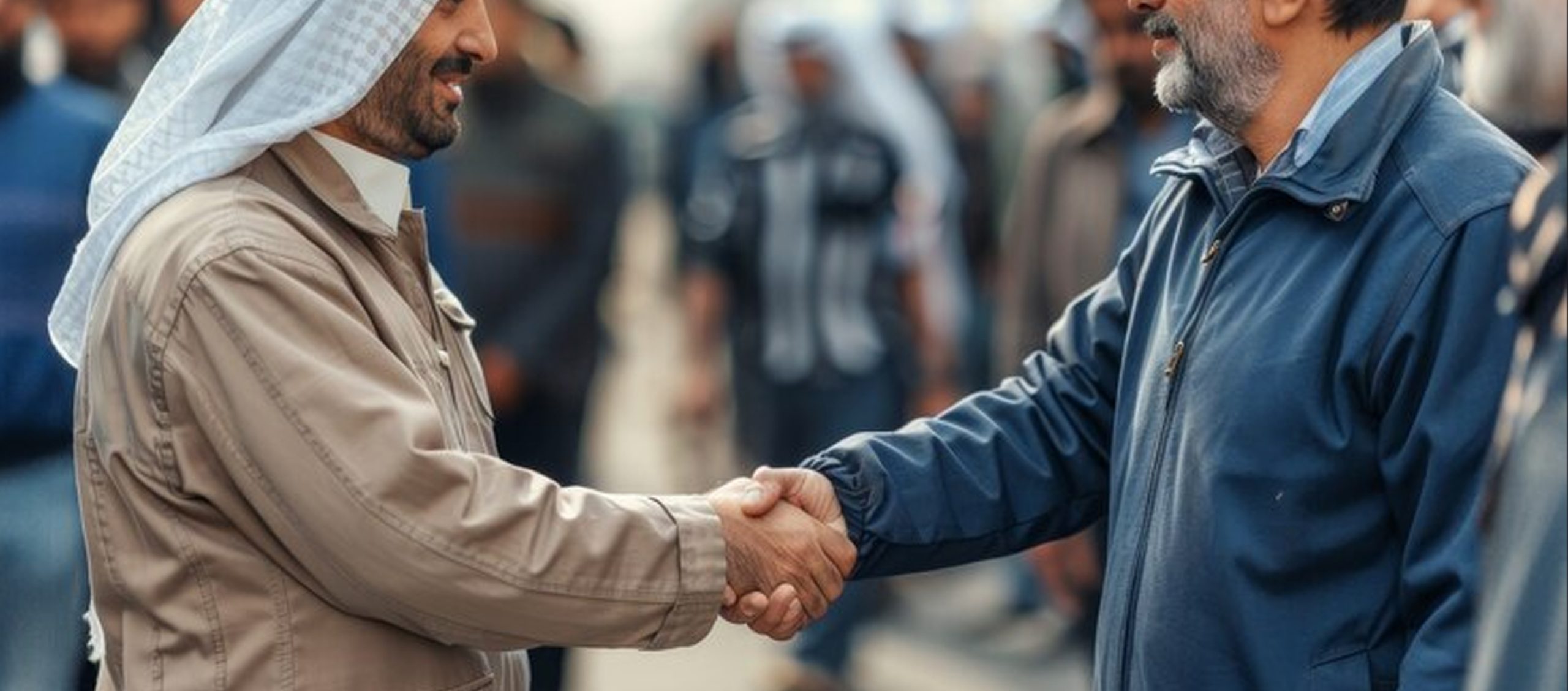Shaking Hands After Salah
Between Social Courtesy and Invented Ritual
Shaking hands is a Sunnah when Muslims meet. But turning it into a ritual immediately after Salah with those on the left and right is not from the Sunnah. This was not practiced by the Prophet ﷺ or his Companions. Done as a fixed habit, it is considered a bidʿah.
| Shaking Hands After Salah — Critical Overview | |
|---|---|
| Practice | Shaking hands with those sitting next to you (left and right) immediately after Salah. |
| Islamic ruling | Shaking hands when meeting is Sunnah. Making it a ritual after Salah is not Sunnah and is regarded as bidʿah. |
| When it started | Not known in the time of the Prophet ﷺ or the early generations. It appeared later as a customary practice in some communities. |
| Where it spread | Observed in parts of South Asia, the Middle East, and North Africa, often linked with social greetings in the mosque. |
| Practices associated with it |
|
| Similarities in other religions (Muslims likely copied from) |
This shows how social customs can get ritualized into religious acts. |
Prophetic Guidance
The Prophet ﷺ said:
“When two Muslims meet and shake hands, their sins are forgiven before they part.”Sunan Abū Dāwūd 5212; Jāmiʿ at-Tirmidhī 2727
But he ﷺ also warned:
“Whoever introduces into this matter of ours what is not from it, it is rejected.”Sahih al-Bukhari 2697; Sahih Muslim 1718
Scholarly Consensus
– Shaking hands is Sunnah when meeting, not after prayer as a ritual.
– The Companions never did it systematically after Salah.
– Scholars discourage turning social customs into acts of worship.
The Wisdom Behind the Ruling
- Preservation: Keeps prayer free from additions.
- Clarity: Separates Sunnah greetings from invented rituals.
- Unity: Prevents disputes over non-Sunnah habits.
- Balance: Maintains shaking hands as a social Sunnah, not a ritual act of worship.
Common Misconceptions
1) “But shaking hands is Sunnah, so after Salah it must be Sunnah too.”
It is Sunnah when meeting, not after Salah.
2) “It’s just a nice gesture, why forbid it?”
As a casual greeting, it is fine. As a ritual tied to Salah, it becomes bidʿah.
3) “The community loves it, so it must be good.”
Good intentions cannot turn an innovation into Sunnah.
Contemporary Reflections
Muslims should preserve handshakes as a beautiful Sunnah of meeting, not as an added ritual to prayer. True respect for Salah means keeping it as the Prophet ﷺ taught.
Conclusion
Shaking hands is a Sunnah of meeting, but fixing it after every Salah as part of worship is a bidʿah. Love and courtesy are preserved when we follow Sunnah as it was revealed, without inventing additions.
References
Primary Sources
- Sunan Abū Dāwūd 5212: Virtue of shaking hands.
- Jāmiʿ at-Tirmidhī 2727: When Muslims meet and shake hands, sins are forgiven.
- Sahih al-Bukhari 2697; Sahih Muslim 1718: Innovation is rejected.
Secondary Sources
- Ibn Taymiyyah, Iqtida’ al-Sirat al-Mustaqim: On cultural practices entering worship.
- Al-Shatibi, al-I‘tisam: Definition and boundaries of bidʿah.
- Ibn Rajab, Jāmiʿ al-ʿUlūm wa al-Ḥikam: Explanation of innovation in worship.

